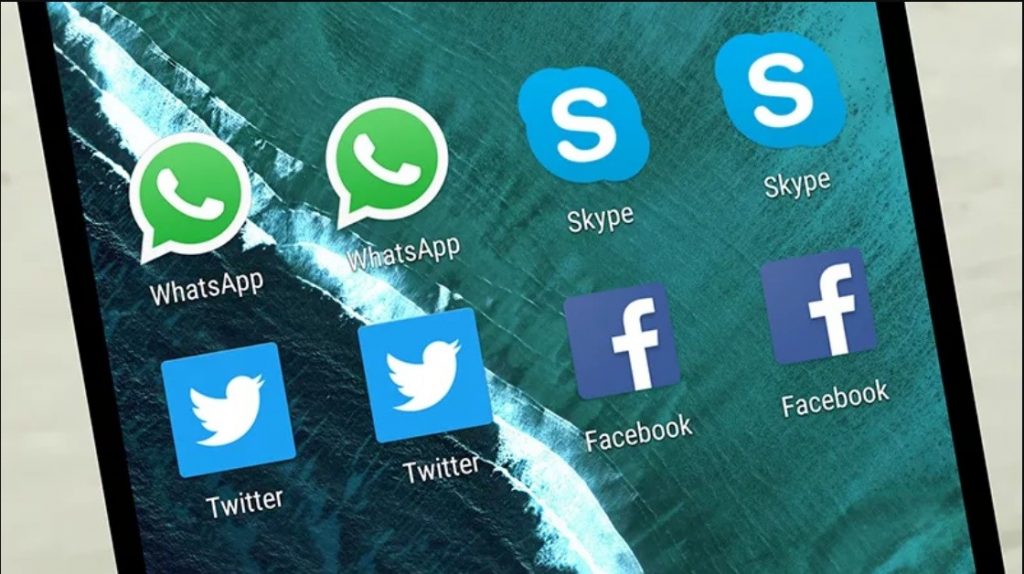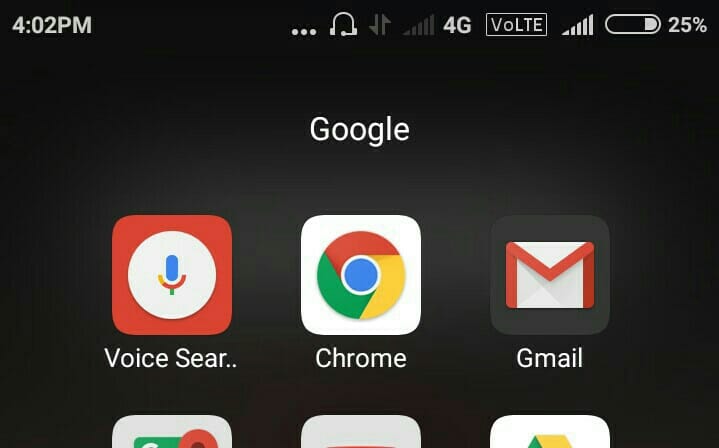I bought a low budget Android TV box to connect to my smart TV and enjoy a wider selection of apps. It turns out, but not what you might think at first glance – recording what’s on screen can be done if your device has a suitable media center app installed!
Can I record from my Android TV box?
Yes you can! Several apps can record from your Android TV Box, the best one being “Kodi”. This is how it works:
– Kodi can be installed on just about any device. It can work directly from an external hard drive or USB stick if needed and doesn’t need to stay connected all the time for you to use its recording functions! You can also install Kodi on Windows PC and many other devices like smart TVs, Firestick, etc. So basically anywhere with an HDMI port will do – whether you need wireless connectivity is another question …
You will then need the IPTV Recorder plugin for Kodi. The IPTV Recorder plugin will allow us to record TV streams from the PVR IPTV Simple Client plugin. We can schedule recording, activate immediate or cyclic recording.
How to set up a PVR in Kodi
When it comes to PVRs in Kodi, there are two options to choose from. The first option is for your aerial wire to feed the computer and broadcast live TV through Internet connections. On the other hand, the second method is possible thanks to M3U files which give direct access to TV streams via online providers. This method works great without any fancy hardware like antennas, as long as you follow a few simple steps before adding these add-ons to your system, you’ll be fine!
Add PVR to Kodi: Simple Steps
Adding the PVR to Kodi is similar to adding any other add-on, except you don’t need to set up a repository first.
Step 1: Select the Settings icon in Kodi to access the settings menu.
2nd step: Go to Settings -> Select Add-ons and set “Unknown sources” to On if it isn’t already.
Step 3: Go to the Kodi homepage.
Step 4: Select Add-ons, then My Add-ons.
Step 5: Select and install the PVR IPTV Simple Client.
Step 6: Select Configure and select M3U Playlist URL.
Step 7: Enter one of the following URLs in the box, then select OK: nnhttps: //ccld.io/atom.m3u or https://dl.dropboxusercontent.com/s/36b1wtkkee3mced/iptv.m3u
Step 8: Now go back to the home page by clicking OK.
Now you should see a message telling you that the PVR has been loaded with some channels. You will then need to restart your Kodi and wait for it to restart, after which all of its features are available directly from the home page.
M3U source is excellent and can currently load 480 IPTV channels. A lot of them aren’t in English, so you’ll probably have to filter them by language, but it’s a straightforward process with the options button at the bottom of your TV Channels page. This is exactly what activating “Filter” does: adding English as a selection removes a lot of unwanted elements while leaving over 200 English speaking stations available!
Create your list of IPTV channels for Kodi
The M3U sources mentioned above provide lots of IPTV channels and are frequently updated, but you can make your own as well. You will need to start by discovering a few channels. We will then create the necessary file to import into Kodi. To create the file and the URL, we will use Pastebin.
Google is your savior in this situation. Search for IPTV channels on Google and copy a list of the ones you want to watch. Several Facebook groups also focus on channel listings.
1 – Go to Pastebin. If you don’t have an account, you can use the site as a guest.
2 – Copy and paste all the IPTV channels you collected in Pastebin.
3 – Edit the list in the following format so that Kodi can use it.
4 – At the bottom of the Pastebin page, select “Send”.
5 – Copy the website URL from the top of the page.
6 – In Kodi, open the simple PVR IPTV client.
7 – Select Configure and paste the URL of your M3U playlist in the space provided.
8 – Select OK and restart the program.
To create your own M3U playlist, you must follow a specific format.
It should be:
# EXTM3U
#EXTINF: -1, Name of channel 1
Channel URL
#EXTINF: -1, name of channel 2
Channel URL
Here is an example :
# EXTM3U
#EXTINF: 0, RTMP
rtmp: // $ OPT: rtmp-raw = rtmp: //rtmp.jim.stream.vmmacdn.be app = vmma-jim-rtmplive-live playpath = jim live = 1
#EXTINF: 0, live stream from students
http://m5utv.imqb7r.tv/studentTV/studentTV.stream_1080p/playlist.m3u8
#EXTINF: 0, TicTac sample
http://playerstesting.longtailvision.com/adaptive/bipbop/bipbop.m3u8
#EXTINF: 0, BigBucksBunny 3 levels
http: //185.85.278149/vod/smil: BigBucksBunny.smil / playlist.m3u8
#EXTINF: 0, HLS Provider
http: //www.hlsprovider.o
(taken from XMTVplayer.com)
You can also include additional information to your playlists, such as language, group category, parental control PIN, audio track choices, etc. depending on what you want. The Simple IPTV website has a detailed page that explains your choices. They don’t have to make it work; they are just there as an option.
There is a little effort required to build your IPYV list, but it’s the best way to have full control over what’s included. The out-of-the-box channel listings are extensive and cover a wide variety of topics and languages; However, creating your own is the best way to make a list exclusively in your native language and hobbies. Just follow the procedure outlined above and you will be up and running in no time.
When you get IPTV URLs from the internet, some of them will not work. Some will work fine, while others come and go. It’s a good idea to keep your M3U file as up to date as possible for the best results.








